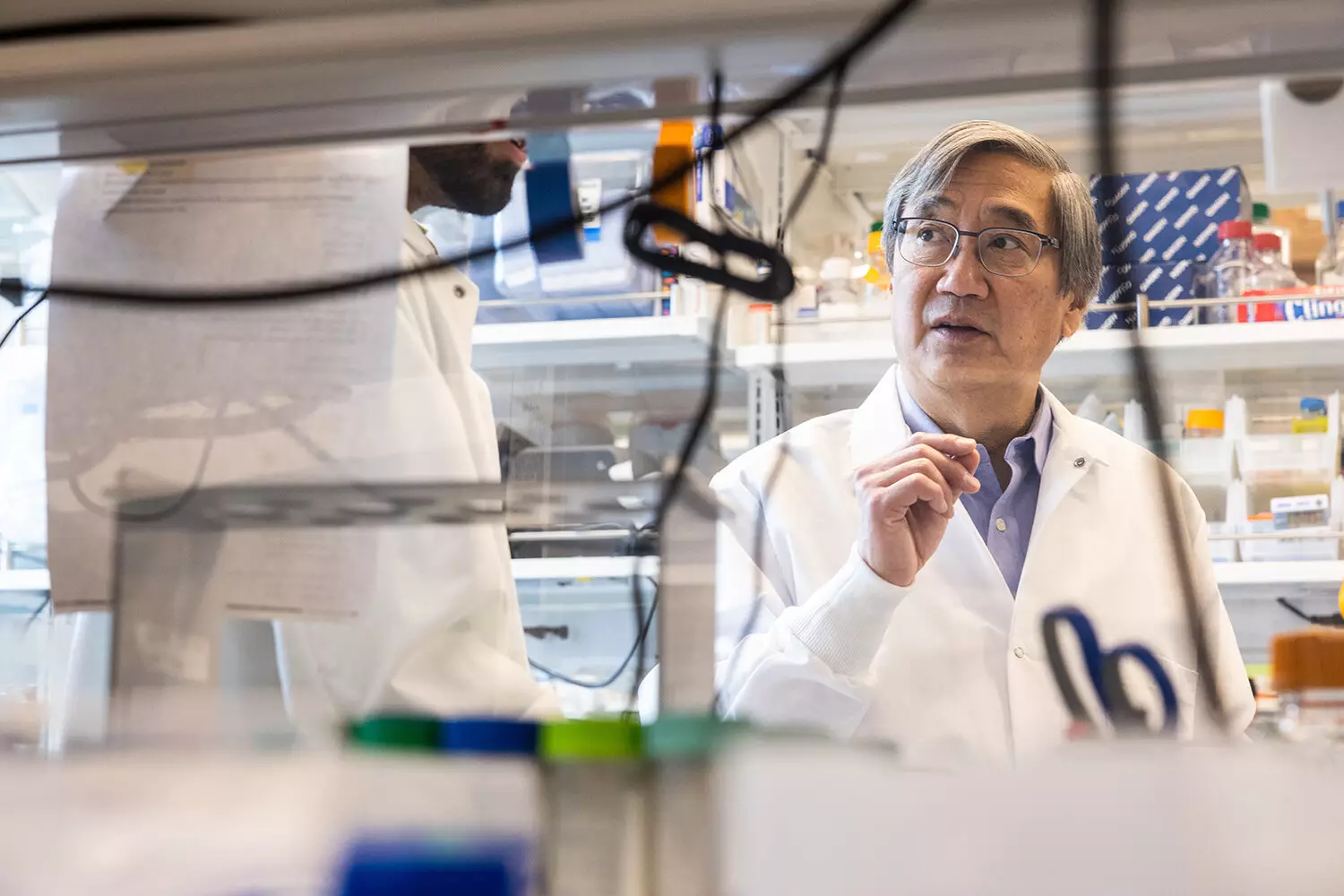Proteins play a crucial role in a wide range of functions within the human body, from muscle contraction to immune response. The ability to engineer proteins, such as antibodies, with improved functions has the potential to revolutionize the development of drugs. However, the vast number of possible amino acid sequences poses a significant challenge in identifying the best protein for a specific task. Traditional methods of iteratively mutating amino acids can be time-consuming and costly.
Recently, Stanford scientists have introduced a ground-breaking method that combines machine learning with structural biology to predict molecular changes that can lead to better antibody drugs. This approach, published in Science, utilizes the 3D structure of protein backbones along with large language models based on amino acid sequences. By integrating these techniques, researchers can quickly identify rare and desirable mutations that could significantly improve the effectiveness of antibodies.
Led by Peter S. Kim and Brian Hie, the team successfully enhanced a previously discontinued SARS-CoV-2 antibody that had shown ineffectiveness against a new strain. Through their innovative approach, they achieved a remarkable 25-fold improvement in the antibody’s ability to combat the virus. This advancement highlights the potential of combining structural information with machine learning algorithms to optimize protein function.
Unlike traditional sequence-based models, which may produce unstable mutations, the team’s structure-guided approach ensures that beneficial mutations preserve the 3D shape of the starting protein. This strategy proved to be highly effective in improving the SARS-CoV-2 antibody, demonstrating the importance of considering protein structure in the optimization process. By leveraging the relationship between structure and function, researchers can enhance the performance of proteins without extensive trial and error experiments.
The team’s model has shown promising results in optimizing various types of proteins, including enzymes. By guiding scientists towards mutations that improve protein performance, the approach has the potential to streamline drug development processes and respond swiftly to emerging diseases. Moreover, the availability of this model to the public allows for greater accessibility and collaboration in the field of protein engineering. This democratization of protein design has the power to accelerate the development of more effective medicines and benefit a larger number of patients.
The integration of deep learning algorithms with structural biology represents a significant advancement in protein engineering. By harnessing the predictive capabilities of machine learning models, researchers can efficiently identify optimal protein mutations and enhance drug development processes. The success of this approach in improving antibody efficacy against SARS-CoV-2 underscores the potential of deep learning in revolutionizing the field of biopharmaceuticals. As we continue to explore the intersection of artificial intelligence and protein engineering, the possibilities for creating novel and effective therapeutics are endless.


Leave a Reply